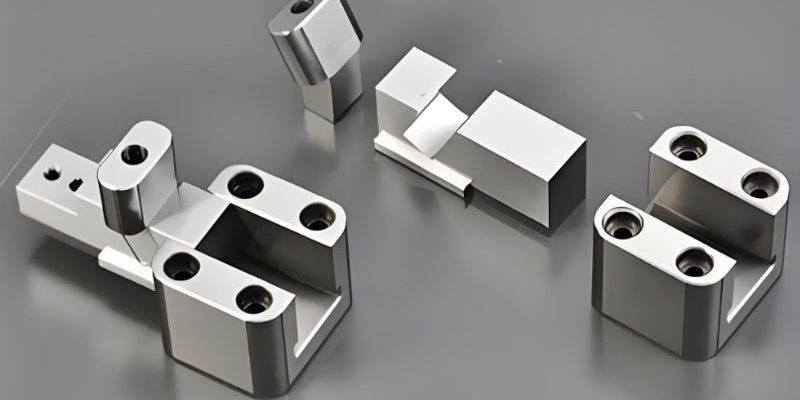Challenges in the Machining of High-Precision Components
The machining of high-precision components is a critical task within the manufacturing industry, characterized by stringent accuracy requirements and involving multiple complex processes and technological aspects. These components are typically utilized in high-precision machinery, optical instruments, aerospace, and other fields, demanding exceptional precision throughout the manufacturing process. However, machining high-precision components presents several challenges that need to be overcome.
Firstly, material selection stands as a primary challenge in machining high-precision components. These components often demand materials with excellent mechanical properties, thermal stability, and chemical resistance. Yet, these properties frequently conflict with each other, making simultaneous fulfillment challenging. Thus, material selection requires careful consideration and trade-offs, while also factoring in aspects such as machining performance and cost.
Secondly, the selection and utilization of high-precision machine tools and cutting tools pose significant challenges in machining high-precision components. High-precision machine tools must possess extremely high positioning accuracy, repeatability, and rigidity to ensure stability and accuracy during machining. Meanwhile, cutting tools need sufficient hardness and toughness to withstand high-speed cutting and high-temperature working conditions. Additionally, the geometric shape and edge condition of the cutting tools significantly impact machining accuracy. Therefore, selecting appropriate machine tools and cutting tools and employing proper usage and maintenance practices are crucial for ensuring the machining quality of high-precision components.
Furthermore, factors such as thermal deformation and mechanical deformation need to be considered during the machining process of high-precision components. Cutting forces and cutting heat generated during machining may induce thermal and mechanical deformations in both the workpiece and the machine tool, thereby affecting machining accuracy. Effective measures are required to control cutting forces and cutting heat and minimize deformation. Additionally, precise measurement and adjustment of machine tools and workpieces during the machining process are necessary to ensure stability and reliability of machining accuracy.
Finally, machining high-precision components involves complex processes and workflows. Due to the diverse shapes and sizes of components, multiple machining techniques and processes may be required, including turning, milling, grinding, polishing, etc. These processes and workflows need to be coordinated and harmonized to ensure both machining quality and efficiency. Furthermore, strict monitoring and control of the machining process are essential for timely detection and resolution of issues, ensuring process stability and controllability.
In summary, challenges in machining high-precision components encompass material selection, the selection and utilization of high-precision machine tools and cutting tools, control of thermal and mechanical deformations, and complex processes and workflows. Overcoming these challenges requires continuous improvement of technical expertise, enhanced research in processes, and equipment upgrades to elevate the machining accuracy and quality of high-precision components.


